“A late 19th century western York County farmhouse of note.”
The Rock Hill Herald reported on Aug. 5, 1880 – “An Indian grave on Whitakers Mountain in this country was opened a few days ago and contained a battle axe made of stone 17″s in length.”
The Yorkville Enquirer reported on Feb. 13, 1889 – “The York County Commission has let a contract for a bridge at Thomson’s Mill. The lowest bid was $1,300. from Mr. Thomson Robbs. The bridge will be 16 ft above water with a span of 110 feet.”
The Yorkville Enquirer reported on Feb. 27, 1889 – “Mr. J. Buice has commenced getting timbers for the bridge at Thomson’s Mill. He and Mr. Leroy McArthur have the contract to build it for $1,300.” (Mr. Buice of Hickory Grove, S.C., bridge was on Thickety Creek, not the Broad River)
The Yorkville Enquirer reported on May 29, 1889 – “Brice and McArthur are working on the bridge at Thomson’s Mill. Much of the timber for building the main span which is 110 ft in length, has been furnished by Dr. J. Wistar Allison of Hickory Grove.” (Firm of Buice and McArthur), also stated on June 19, 1889 – “We now have a good bridge across Thickety Creek at Thomson’s Mill which should be ready for passage tomorrow. The cost of the bridge was $1,300. The firm of Buice and McArthur built it with a group of very competent mechanics.”
City Directories and History: This iconic but very simple Carolina I-House, with Queen Anne influences, on Irene Bridge Highway west of Hickory Grove, was built by Jonathan Buice in the late 1880s. The Buice home features a rear
one-story kitchen, a decorative frieze between levels, boxed and flush cornice returns, pilaster corner boards, window hoods, and sidelights on the front door surrounds. The Buice tenant house is a typical hall and parlor designed farm house with attached kitchen (a later addition). The house has square nails, hand-hewn sills and log joists. (It is not a log cabin.) [Historical Properties of York County, S.C. – 1995]
Historically, the Buice family was involved in the operation of a grist mill on Thickety Creek on the west side of the Broad River, in what is today Cherokee County, S.C. Jonathan Buice was the son of Abraham Buice, who had also been a miller in Georgia. For many years the family resided on the Union/Cherokee side of the river and it was there that their daughter, Bertha Buice was buried upon her death on 5/27/1885 at Salem Presbyterian Church. Later the family acquired the Allison property near Hickory Grove and next to the Wilkerson properties. Jonathan Buice and his wife, Nancy (Wilkerson) Buice, are reported to have added on the existing house and constructed a second floor. It was at this time, they began farming, for their livelihood. Their children were educated at home as well as at the Wilkerson school which they shared with the community and their Wilkerson cousins.
![Images courtesy of Rosemary Buice Brumby - 2015. [Robert Buice at the Buice Farm house, Unknown farmers on the Buice Farm, and Maude the saddle horse at the Buice barn.]](https://www.rootsandrecall.com/york-county-sc/files/2012/11/Buice-Farm-1-300x282.jpg)
Images courtesy of Rosemary Buice Brumby – 2015. [Robert Buice at the Buice Farm house, Unknown farmers on the Buice Farm, and Maude the saddle horse at the Buice barn.]
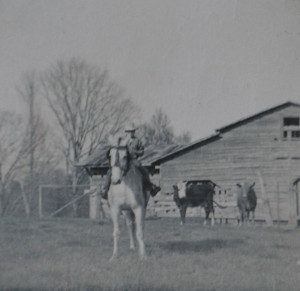
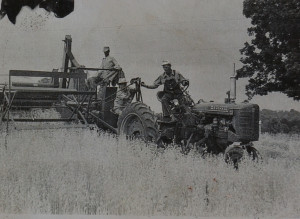 The Buice family encompassed many distinguished businessmen and educators. Jonathan and Nancy had the following members of their family in 1910 listed in the census; Jonathan Buice 58, Nancy T. Buice 58, Wells T. Buice 20, Forest T. Buice 17, John E. Buice 14, Wade S. Buice 22, and Tom Buice (not at home). Robert Wells Buice married Minnie Fowler and raised their family on the Buice farm in Hickory Grove, his son Robert continued operating the farm in the 20th century. Forest T. Buice farmed for a short while in Hickory Grove, before moving to the Leslie area southeast of Rock Hill. In the Leslie area he both farmed as well as did carpentry-contracting work. John E. Buice married Elizabeth, and remained in Hickory Grove. Wade S. Buice graduated from Wofford College and Wharton Business School in Pennsylvania. He and his wife Jane P. Rainey-Buice lived in Gastonia, NC where he worked as a banker and later moved to Anderson, SC where he worked with the Equitable Life Assurance Company. The oldest son, Tom, a merchant-businessman went on to become the General Manager and leader in developing the Ivey Department stores in North Carolina and Florida. He had married Alice Glenn of Fairfield County while he worked in Chester, S.C. as a merchant and she taught school.
The Buice family encompassed many distinguished businessmen and educators. Jonathan and Nancy had the following members of their family in 1910 listed in the census; Jonathan Buice 58, Nancy T. Buice 58, Wells T. Buice 20, Forest T. Buice 17, John E. Buice 14, Wade S. Buice 22, and Tom Buice (not at home). Robert Wells Buice married Minnie Fowler and raised their family on the Buice farm in Hickory Grove, his son Robert continued operating the farm in the 20th century. Forest T. Buice farmed for a short while in Hickory Grove, before moving to the Leslie area southeast of Rock Hill. In the Leslie area he both farmed as well as did carpentry-contracting work. John E. Buice married Elizabeth, and remained in Hickory Grove. Wade S. Buice graduated from Wofford College and Wharton Business School in Pennsylvania. He and his wife Jane P. Rainey-Buice lived in Gastonia, NC where he worked as a banker and later moved to Anderson, SC where he worked with the Equitable Life Assurance Company. The oldest son, Tom, a merchant-businessman went on to become the General Manager and leader in developing the Ivey Department stores in North Carolina and Florida. He had married Alice Glenn of Fairfield County while he worked in Chester, S.C. as a merchant and she taught school.
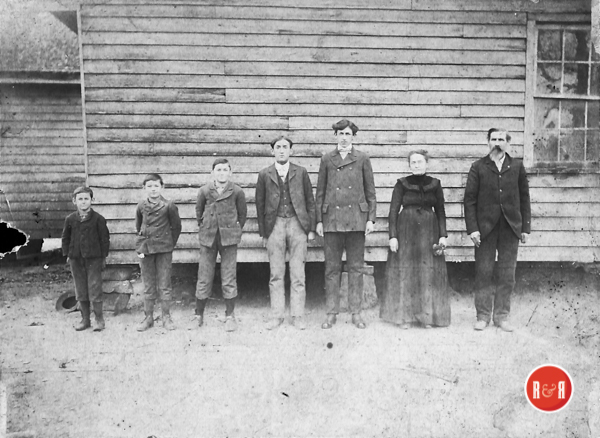
Buice Family: L-R John Buice, Forrest T. Buice, Robert Wells Buice, Wade Sims Buice, William T. Buice, Nancy W. Buice and Jonathan Buice (Courtesy of the Buice – Blanchard Collection, 2017)
EARLY METHODISM IN YORK DISTRICT by Louise Pettus While it is true that Scotch-Irish Presbyterians were the dominant group in early York District, the Presbyterian dominance was diminished by the effects of the revival movement known as the Great Awakening which was at its height in 1800-1802. The older well-established churches found some of their members joining many who had never known the “benefit of clergy,” in open-air week-long marathon meetings There is no record of such a revival in York District but no doubt many people from York attended the large revival at Old Waxhaw in Lancaster County and took part in the protracted meetings in neighboring counties in North Carolina. As the Presbyterians wrangled over whether to allow only psalm-singing or not, the more open churches gained numbers. In York District, the Baptists were major gainers. It would be a quarter of a century before Methodism would make any inroads in the District. Yorkville’s first Methodist Episcopal Church was organized in 1824 by Rev. William Gassaway and Rev. Joseph Holmes, according to church history. The first congregation consisted of nine members: James Jeffries, Mrs. Elizabeth H. Jeffries, Col. Thomas W. Williams, Dr. John E. Jennings, John Chambers, Mrs. Margaret Chambers, Mrs. Sarah Beaty, and Mrs. Tabitha Wilkerson. The first church building was erected on College Street in Yorkville in 1826. It was described as a plain wooden structure. Until 1852, there were only three church buildings in York District. Even the official histories of the Methodist Church are uncertain about a precise date for the establishment of Methodism in the District outside of the village of Yorkville. The date 1828 is most often mentioned because the minutes of the Lincolnton, North Carolina circuit listed Joseph Holmes as the minister in charge of York District. For many years most of York District was served out of North Carolina and most of the Methodist activity centered on the area from Yorkville to Kings Mountain. However, there is some evidence that the earliest York County Methodist church may have been Philadelphia Methodist in Fort Mill township. In 1815 Methodists met at Thyatyrah Society, whose leader, William Felts reported to Sugar Creek Circuit in Mecklenburg. Thyatyrah was an early name for Philadelphia. Rev. A. M. Chreitzberg, author of Early Methodism in the Carolinas, seems to support an earlier date—around 1824—based on statements made by an early minister who believed that his father-in-law, John Chambers, was preaching in the Philadelphia community at that time. By 1831 there were 15 “preaching places” listed in the Quarterly Conference minutes. These were: Yorkville, Zion, Bethel, Walnut Grove, Schoolhouse, Unity, Siloam, Sardis, Prospect, Mrs. Howell’s, Captain Jameson’s, Ed Feamster’s, Cove Spring, Mount Hebron, and Cross Roads. All of these were in the circuit ministered to by Joseph Holmes. Joseph Holmes, and other Methodist preachers like him, rode their large circuits on horseback, carrying their sermons, bibles, and a change of clothes in their saddlebags. They were housed and fed by the Methodist brotherhood who lived along the circuit. The Methodist minister’s stipend was not known as a salary but was divided into traveling expenses, family expenses, and quarterage. As Dr. Chreitzberg described the three phases of the stipend: “the first seen at once, the second far off, and the third only in rarest instances seen at all.” When Holmes’ successor, James J. Richardson, 28 years of age, died in his first year of his ministry, his widow received $10.62. Money was scarce. Early Methodists were generally characterized as poor in worldly goods. The same could be said for their meeting houses. The land was generally donated and the first buildings were small and drafty, often with no way to heat them. More often than not, the services were held in homes or in the open. Few records survive to document the pre-Civil War history of York District Methodists. We cannot know, for instance, how many blacks in York District were members of the Methodist Episcopal Church. Across the state of South Carolina, the black membership outnumbered the white but York had a smaller proportion of blacks than lowcountry counties. It can be assumed that blacks attended the Methodist services with the whites just as they did at Hint Hill Baptist Church.The largest number of Methodists recorded in York District during the pre-Civil War period was 408 in 1844. (Information courtesy of and from: YCGHS – The Quarterly Magazine)
- Robt. Wells Buice (Left) and Forrest Buice (?), front row. Children in the rear are unidentified.
- Midge, Marge and Kay Buice
- Mr. and Mrs. Wells Buice
Notes From the Farm: During the period prior to WW II, rural farms, even those not many miles from town, had a much greater feeling of remoteness than now. All farm road were dirt, and a farm telephone was indeed rare. Consequently, the farmer’s family and the families of the sharecroppers and hands were one anothers’ closest neighbors. The farmer’s wife usually had a special relationship with the wife of one of the hands, and the farmer’s children would become close playmates with the tenants’s children. (This statement was contributed by Bill Cooper of Laurens Co., S.C., as a note related to the images taken on his grandfather’s farm, in the 1930s of many of the children playing together happily on the dairy farm.)
Please enjoy this structure and all those listed in Roots and Recall. But remember each is private property. So view them from a distance or from a public area such as the sidewalk or public road.
Stay Connected
Explore history, houses, and stories across S.C. Your membership provides you with updates on regional topics, information on historic research, preservation, and monthly feature articles. But remember R&R wants to hear from you and assist in preserving your own family genealogy and memorabilia.
Visit the Southern Queries – Forum to receive assistance in answering questions, discuss genealogy, and enjoy exploring preservation topics with other members. Also listed are several history and genealogical researchers for hire.
User comments welcome — post at the bottom of this page.
Do you have information to share and preserve? Family, school, church, or other older photos and stories are welcome. Send them digitally through the “Share Your Story” link, so they too might be posted on Roots and Recall.
User comments always welcome - please post at the bottom of this page.
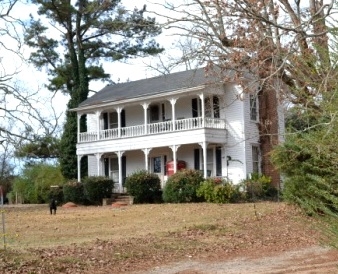
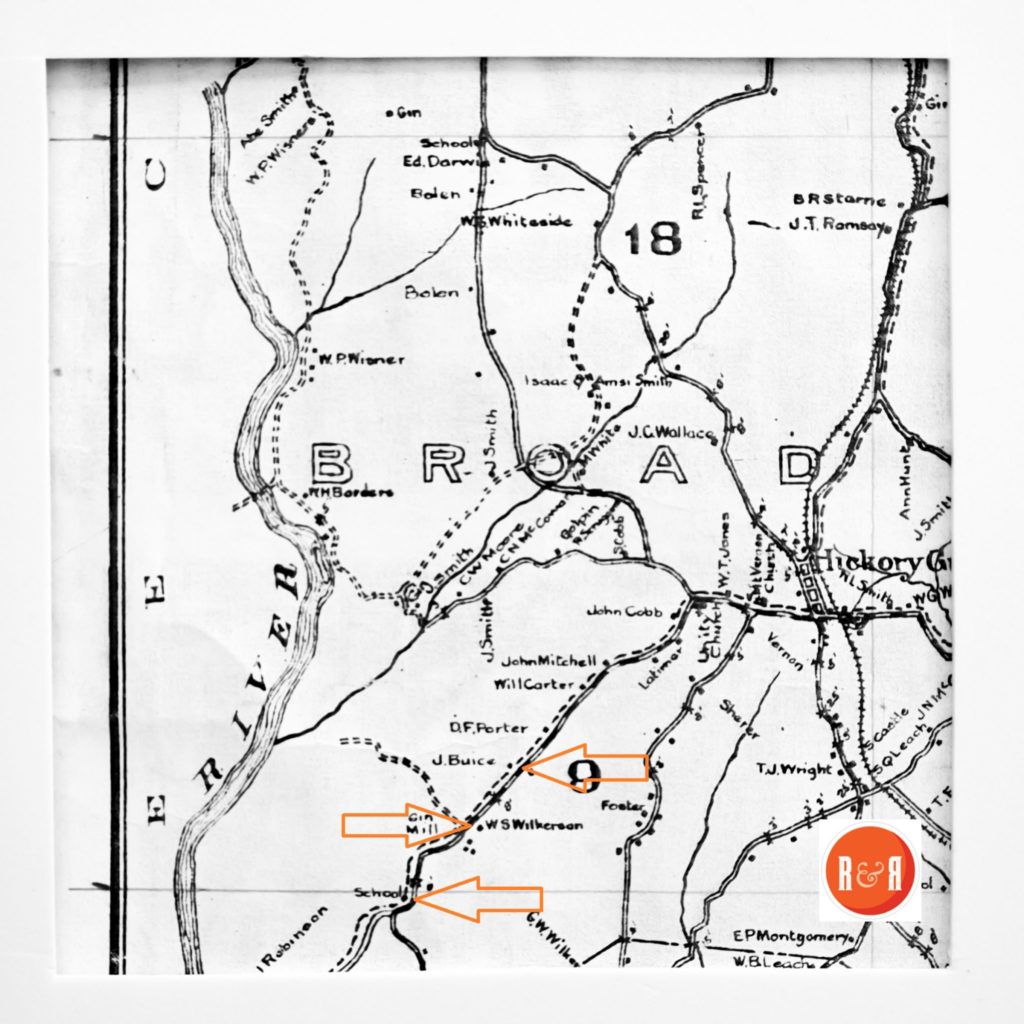
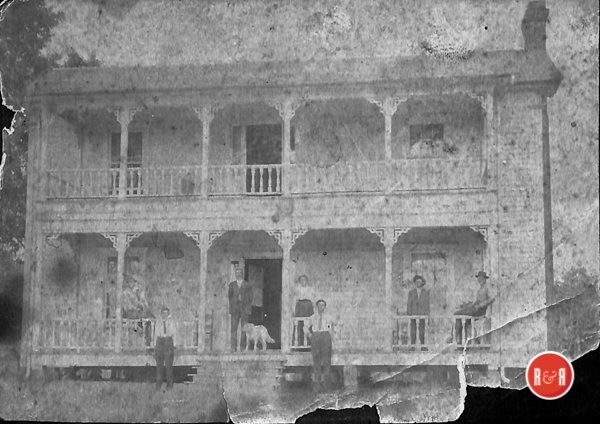
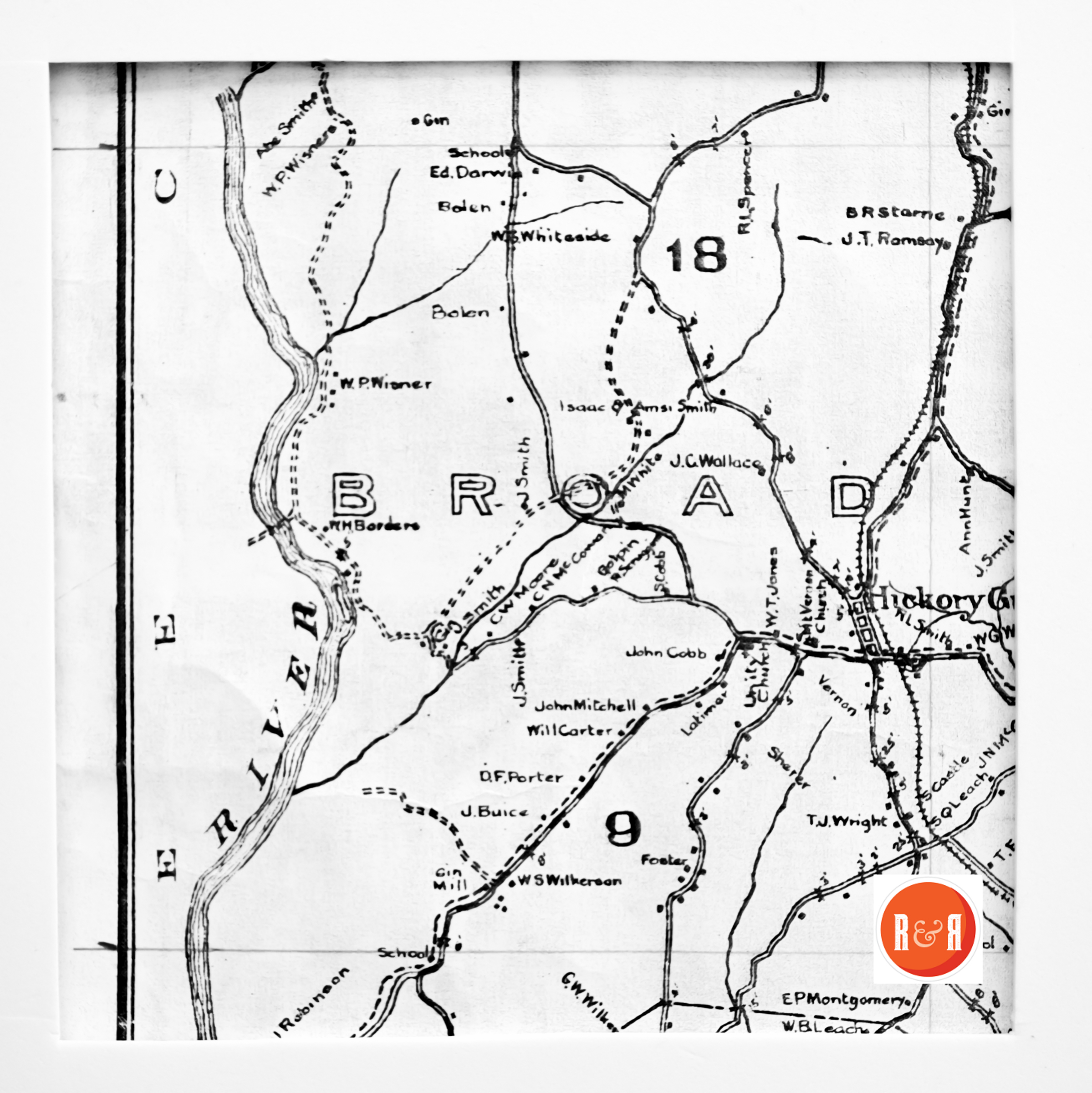
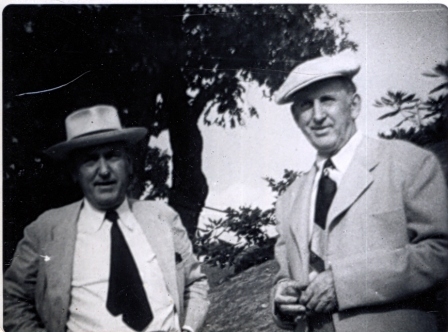
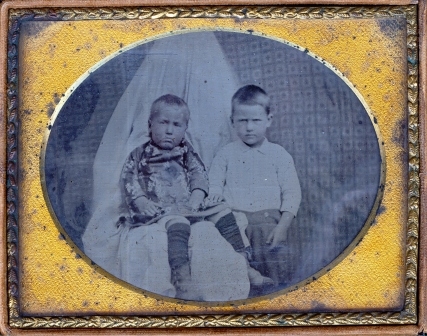
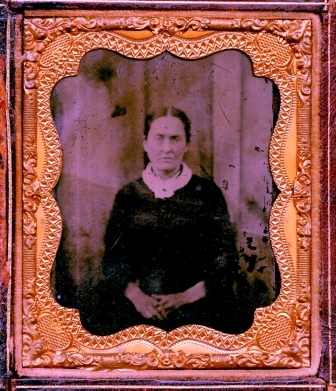
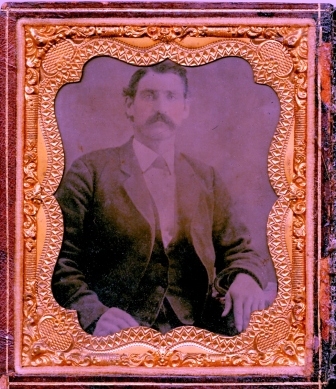
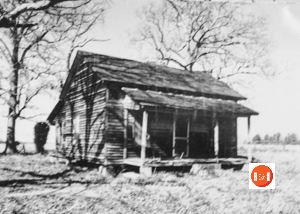
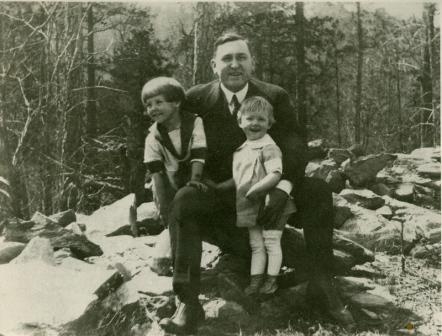
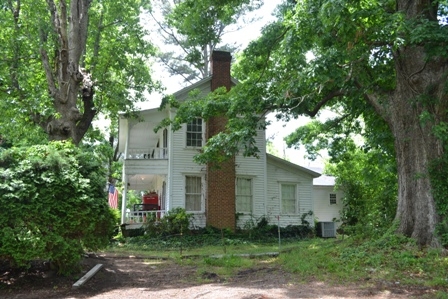
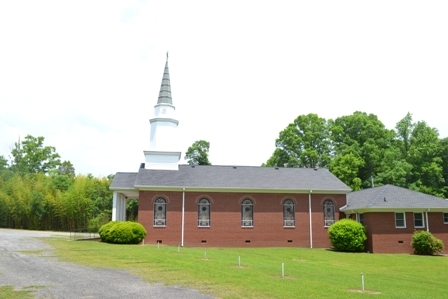
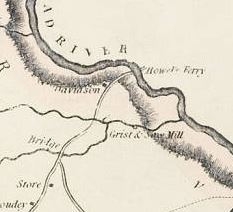
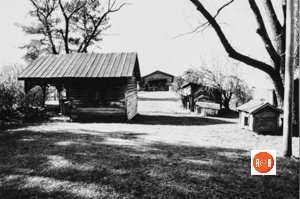

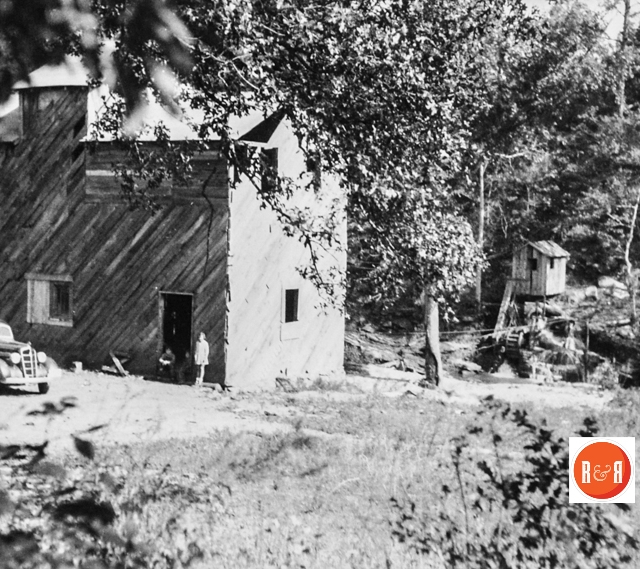
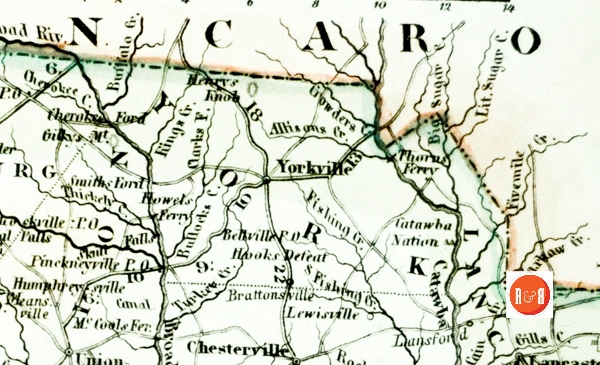
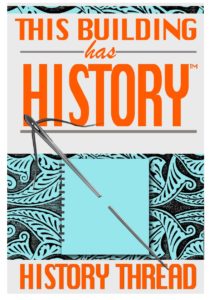

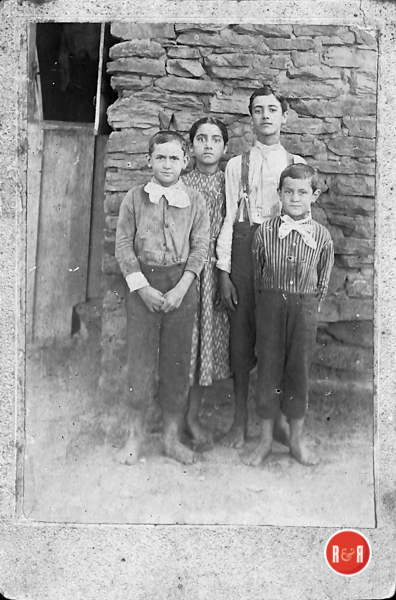
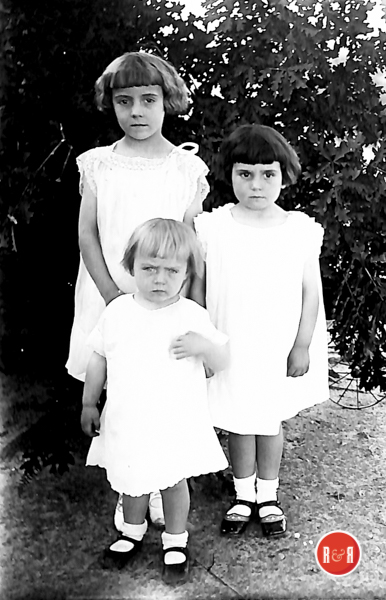
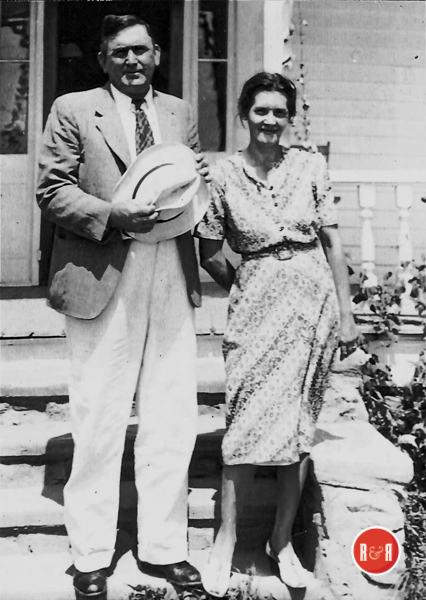


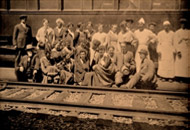
[…] Buice Farm […]